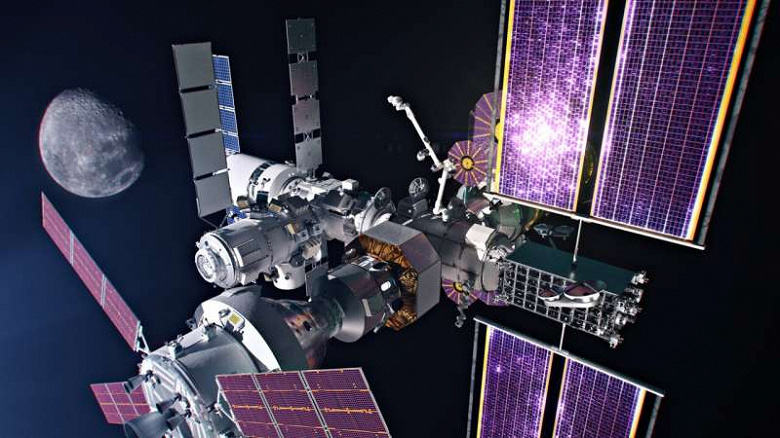One of the main priorities of crewed missions is the development of zero-boil-off systems for spacecraft
Modern space missions are faced with the problem of storing fuel in spacecraft. The use of cryogenic fuel and the constant thermal impact of the sun on the tanks jeopardize successful long-distance space flights. There is currently no infrastructure to refuel spacecraft. Given that the fuel must be stored in a cryogenic state, and the tanks where it is stored are subject to the thermal effects of solar radiation, it is impossible to collect enough fuel for a flight to Mars. NASA is working on this problem and recently published a detailed review of some of its research.
Most missions use cryogenic hydrogen and oxygen as fuel. However, the tanks where it is stored heat up due to constant exposure to solar radiation. Due to the lack of atmosphere, it is impossible to dissipate this heat, which can cause the fuel to boil and lose some of the fuel. As heating occurs, the fuel begins to boil, and mission engineers prefer to eject the gaseous fuel into space rather than leave it as a potential medium for more rapid heating of the remaining fuel.
The resulting fuel could reach half of the fuel required for a mission to Mars in just one year. As a result, the use of existing technologies for storing fuel in space makes flights to Mars impossible. However, there are alternative solutions such as zero boil over (ZBO) or reduced boil over (RBO) systems. These systems use «active» processes to maintain tank pressure and prevent large fuel losses. «Active» the process must be actively controlled and usually requires a certain amount of energy. In particular, ZBO systems are based on two technological ideas — jet fuel mixing and drip injection technology.
In jet mixing, a portion of the fuel is mixed back into the vapor space to control phase changes. The trickle injection system uses a special type of atomizer to inject droplets of fuel into the vapor zone and reduce the pressure. However, performing these processes in microgravity conditions presents its own difficulties, because the formation of droplets and mixing of liquids in space do not occur in the same way as on Earth. Therefore, NASA is conducting experiments on the ISS to more fully understand these processes.
In 2017, the ZBOT-1 experiment was launched on the ISS, which assessed the behavior of jets in microgravity conditions. However, still, even after 30 tests, there is no complete understanding of how these systems operate in microgravity. Despite the fact that their behavior differs from what is usual on Earth, they still obey physical laws. Additional experiments will help you learn how to better use ZBO systems.
Two other experiments aim to gain a deeper understanding of this issue. One of them, ZBOT-NC Experiment, should be launched to the ISS in 2025. He will study the effect of microgravity on “non-condensable gases,” which can be used to control the pressure inside a fuel tank. Observational data can also be used in computer models used to simulate and analyze fluid and gas flow (CFD). This will allow scientists to better understand how the model differs from reality in microgravity.
Thus, NASA is actively exploring the possibility of developing fuel storage systems in space that would allow flights to Mars. Experiments on the ISS will help refine the technologies used to maintain pressure and prevent fuel loss on long space flights.
The last test in the series will be devoted to changing the phase of droplets. This is the most ambitious test of the three — ZBOT-DP — is designed to test technology that has not previously been used in microgravity conditions. The main focus will be on studying the interaction of droplets with the environment, including superheated tank walls, under microgravity conditions. This could lead to the development of a fully functional drip and active control system that will prevent fuel boil-off.
ZBOT-DP test dates are not yet scheduled. Given the importance of this technology for missions such as «Artemis» crewed planned for the coming years, the successful completion of these experiments and the development and testing of a fuel tank equipped with the ZBO system should be a high priority for NASA.

